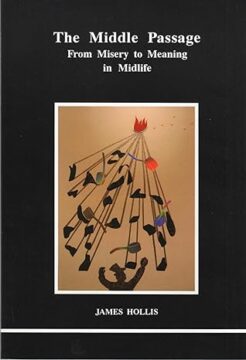Maria Popova at The Marginalian:
 Hollis envisions these shifting identities as a change of axes, moving from the parent-child axis of early life to the ego-world axis of young adulthood to the ego-Self axis of the Middle Passage — a time when “the humbled ego begins the dialogue with the Self.” On the other side of it lies the final axis: “Self-God” or “Self-Cosmos,” embodying philosopher Martin Buber’s recognition that “we live our lives inscrutably included within the streaming mutual life of the universe” — the kind of orientation that led Whitman, who lived with uncommon authenticity and made of it an art, to call himself a “kosmos,” using the spelling Alexander von Humboldt used to denote the interconnectedness of the universe reflected in his pioneering insistence that “in this great chain of causes and effects, no single fact can be considered in isolation.” The fourth axis is precisely this recognition of the Self as a microcosm of the universe — an antidote to the sense of insignificance, alienation, and temporality that void life of meaning.
Hollis envisions these shifting identities as a change of axes, moving from the parent-child axis of early life to the ego-world axis of young adulthood to the ego-Self axis of the Middle Passage — a time when “the humbled ego begins the dialogue with the Self.” On the other side of it lies the final axis: “Self-God” or “Self-Cosmos,” embodying philosopher Martin Buber’s recognition that “we live our lives inscrutably included within the streaming mutual life of the universe” — the kind of orientation that led Whitman, who lived with uncommon authenticity and made of it an art, to call himself a “kosmos,” using the spelling Alexander von Humboldt used to denote the interconnectedness of the universe reflected in his pioneering insistence that “in this great chain of causes and effects, no single fact can be considered in isolation.” The fourth axis is precisely this recognition of the Self as a microcosm of the universe — an antidote to the sense of insignificance, alienation, and temporality that void life of meaning.
more here.
